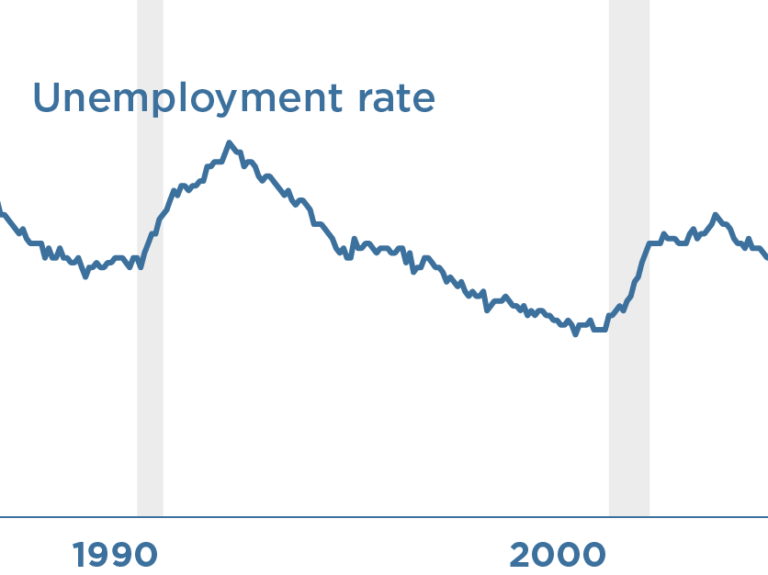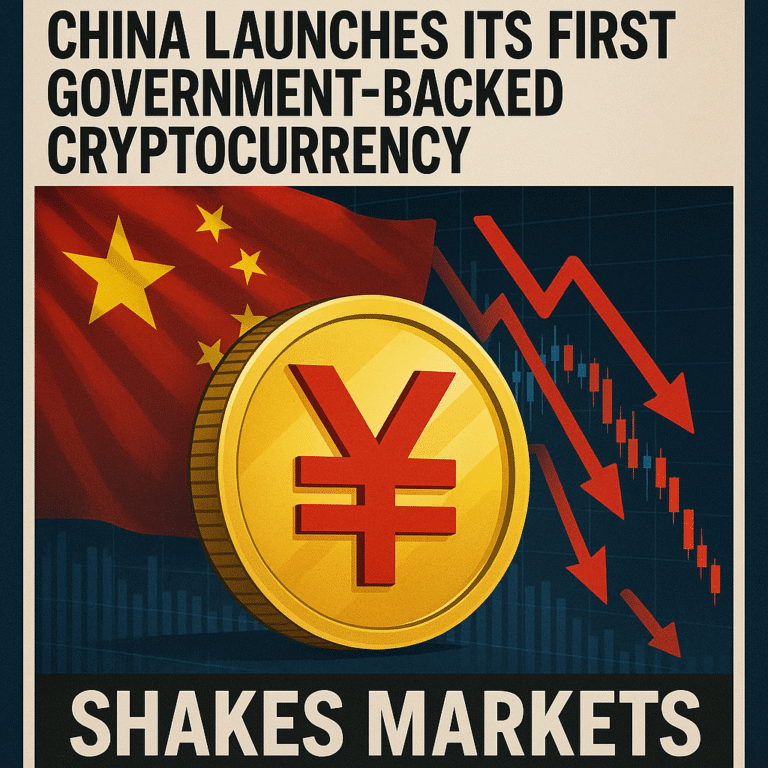
In a surprising turn of events, U.S. Treasury bonds have seen negative yields for the first time in history, marking a significant shift in the global financial landscape. This rare phenomenon, typically associated with markets in turmoil, is the result of an unprecedented surge in demand for U.S. government debt, driven by a combination of factors including heightened market uncertainty, geopolitical risks, and the flight to safety amid economic instability. As investors seek shelter from the storm, the value of U.S. Treasury bonds has soared, pushing yields into negative territory and raising questions about the implications for the broader financial markets.
The negative yield environment on U.S. Treasury bonds is a stark departure from traditional market conditions, where investors expect to earn a return on their investment. In this case, the buyers of these bonds are essentially paying the U.S. government for the privilege of holding its debt. While this may seem counterintuitive, it highlights the growing global demand for safe-haven assets in an increasingly uncertain world.
Unprecedented Demand for Safe-Haven Assets
U.S. Treasury bonds are considered one of the safest investments in the world, backed by the full faith and credit of the U.S. government. This reputation for safety has made them the go-to asset for investors during times of global economic and geopolitical instability. Historically, U.S. Treasury bonds have offered relatively low yields compared to riskier investments, but they still provide a modest return for those seeking to protect their capital.
However, the recent shift to negative yields has been driven by a perfect storm of factors that have pushed investors into a frenzy of buying. The global economy remains on edge due to a combination of persistent inflation concerns, the ongoing effects of the COVID-19 pandemic, rising energy prices, and geopolitical tensions in regions such as Eastern Europe and Asia. In this environment of uncertainty, investors are increasingly willing to accept negative yields on U.S. Treasury bonds in exchange for the security they provide.
Negative yields are a sign that investors are prioritizing capital preservation over returns, a phenomenon that has been seen more commonly in European and Japanese markets. The U.S. Treasury bond market, however, has long been considered the cornerstone of global financial markets, and seeing yields turn negative is a major indication of the extreme demand for U.S. government debt. With global markets facing a range of uncertainties, the appetite for U.S. Treasuries has reached unprecedented levels.
Factors Behind the Negative Yield Shift
Several key factors have contributed to the sudden surge in demand for U.S. Treasury bonds and the resulting negative yields:
1. Inflation Concerns and Central Bank Policy:
Inflation has been a major concern for economies worldwide, particularly in the U.S. After years of low inflation, the surge in commodity prices, supply chain disruptions, and energy price hikes have caused inflation to soar to levels not seen in decades. As central banks around the world, including the U.S. Federal Reserve, take steps to combat inflation by tightening monetary policy, the outlook for economic growth has become increasingly uncertain.
In response, investors are seeking refuge in U.S. Treasury bonds, as they view them as a safe haven during times of inflationary pressure. While Treasury bonds typically offer lower yields than equities or corporate bonds, their relative safety has made them attractive to investors looking to protect their capital from inflationary risks. The market’s reaction to the Federal Reserve’s tightening policies, combined with fears of a potential economic slowdown or recession, has further driven the demand for Treasuries.
2. Geopolitical Risks and Global Instability:
Geopolitical risks have also played a significant role in driving demand for U.S. Treasury bonds. Ongoing conflicts, such as the war in Ukraine, tensions between the U.S. and China, and instability in the Middle East, have heightened uncertainty in the global market. Investors seeking to mitigate the risks associated with these geopolitical developments have flocked to U.S. government debt as a safe-haven asset.
The increasing risk of military conflict, supply chain disruptions, and broader global instability has created a sense of urgency among investors to protect their portfolios. The U.S. Treasury market has long been viewed as a secure asset in times of geopolitical turmoil, making it the preferred destination for capital in an environment of heightened risk.
3. Economic Uncertainty and Market Volatility:
The ongoing economic uncertainty resulting from the COVID-19 pandemic continues to reverberate through global markets. Despite the global recovery, many economies are struggling with high levels of debt, sluggish growth, and rising inflation. As a result, investors are increasingly nervous about the prospects for future economic performance and are looking for ways to hedge against potential downturns.
This anxiety has translated into massive demand for U.S. Treasury bonds, driving yields to historic lows and even into negative territory. As stock markets experience increased volatility and economic data remains mixed, investors are opting for the relative stability and security of U.S. government debt.
4. Institutional Investment and Central Bank Purchases:
Another factor contributing to the surge in demand for U.S. Treasury bonds is the role of institutional investors and central banks. Many central banks around the world, particularly those in emerging markets, hold large amounts of U.S. Treasury securities as part of their foreign exchange reserves. As central banks continue to build their reserves in the face of rising inflation and currency volatility, they are increasing their purchases of U.S. Treasuries, further driving demand.
Institutional investors, including pension funds, insurance companies, and sovereign wealth funds, also play a significant role in the U.S. Treasury bond market. These investors, who require highly liquid and low-risk assets to meet long-term liabilities, continue to view U.S. Treasuries as the safest and most reliable option. The combined demand from institutional investors and central banks has resulted in a massive influx of capital into the U.S. bond market, contributing to the negative yield environment.
Implications of Negative Yields on U.S. Treasury Bonds
The occurrence of negative yields on U.S. Treasury bonds has significant implications for global financial markets. While negative yields are still rare in the U.S., they have become more common in Europe and Japan, where interest rates have been near zero or negative for years. The fact that negative yields are now present in the U.S. bond market signals a shift in investor behavior and reflects the growing global demand for safe-haven assets.
For investors, negative yields present a challenging paradox. While Treasury bonds are considered the safest investment, they are now offering investors no return, and in some cases, they are costing investors money. This phenomenon raises questions about the long-term viability of traditional fixed-income investments, as investors struggle to find yield in an environment of low and negative interest rates.
From a broader economic perspective, the negative yield environment may signal concerns about the health of the global economy. It suggests that investors are not confident in the near-term prospects for growth and are instead seeking the security of U.S. government debt, even at a cost. This could have implications for the broader financial system, particularly in terms of inflation, monetary policy, and the behavior of other asset classes such as equities and commodities.
Looking Ahead: What’s Next for U.S. Treasury Bonds?
As U.S. Treasury bonds hit negative yields, the question on many investors’ minds is whether this trend will continue. While negative yields are still a relatively rare occurrence in the U.S. bond market, they may become more common if global economic uncertainty persists and central banks maintain their tightening policies.
The future direction of U.S. Treasury yields will depend on a number of factors, including inflation, geopolitical risks, and the pace of economic recovery. If global instability continues to rise, demand for U.S. Treasuries could remain high, potentially keeping yields negative for an extended period. Conversely, if inflation fears subside or the global economy stabilizes, bond yields could start to rise, offering investors more attractive returns.
In any case, the negative yield environment on U.S. Treasury bonds serves as a reminder of the complex dynamics at play in the global financial system and the increasing demand for safe-haven assets in an uncertain world. As investors continue to navigate this unpredictable landscape, the U.S. Treasury market will likely remain a critical focal point for global capital flows in the years to come.







